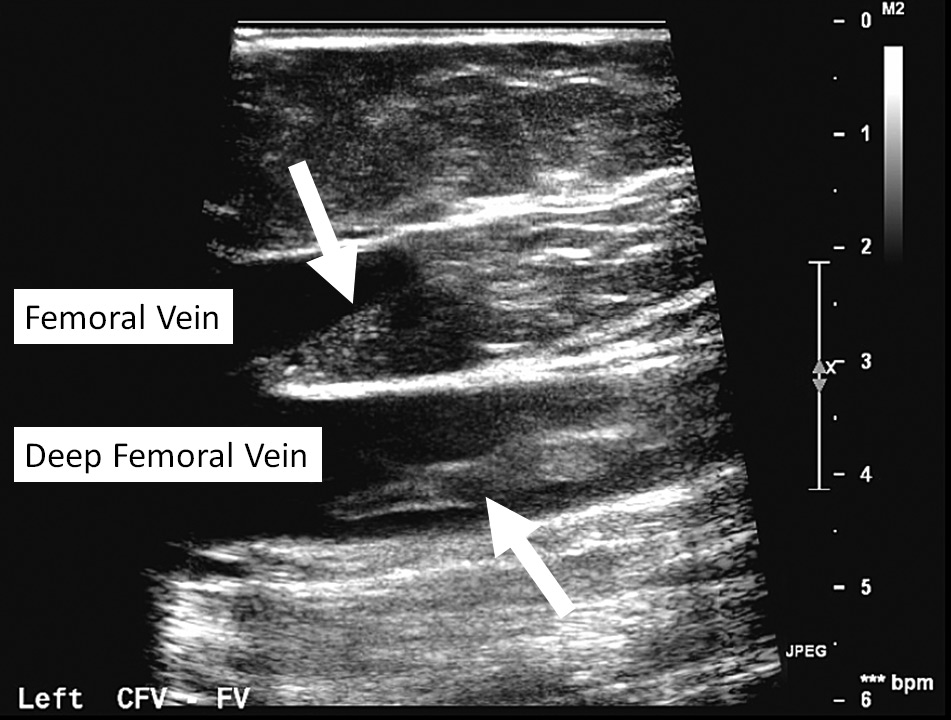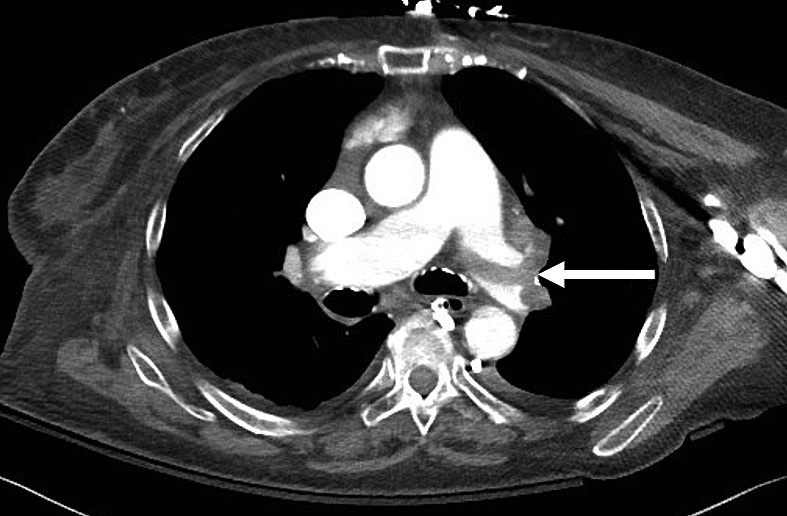What is Vein Disease?
Find relevant information here.
What is Pulmonary Embolism (PE)?
A pulmonary embolism – also called a PE – is a blood clot that gets stuck in a lung artery and decreases blood flow to that part of the lung. This usually happens when a clot in the legs (see What is Deep Venous Thrombosis?) breaks free and travels through the veins and heart into the lungs. A pulmonary embolism can cause chest pain, breathlessness, and cough. Most patients have small pulmonary emboli, which may not have many symptoms. Larger clots (massive PE) block blood flow to more of the lungs, which can be life-threatening, Prompt treatment reduces the risk of death.
Symptoms
- Chest pain – often sudden and sharp pain that worsens when taking a deep breath
- Shortness of breath – often sudden trouble catching your breath when resting that gets worse with activity
- Cough, possibly coughing up blood or bloody mucus
- Fainting
- Light-headedness
- Dizziness
- Rapid or irregular heartbeat
- Sweating
- Fever
Longitudinal lengthwise ultrasound image showing large blood clots (arrows) in both the femoral and deep femoral veins as they join in the groin to form the common femoral vein. Such large DVTs are at risk for breaking off and going to the lungs. Photo courtesy of John Blebea, MD (The Healthy Veins Book, 2023, p. 124, fig. 25-1).
Risk Factors
- Presence of deep vein thrombosis or previous deep vein thrombosis
- Inherited conditions that affect blood clotting, such as Factor V Leiden
- Previous pulmonary embolism
- Cancer – especially breast, brain, ovary, pancreas, colon, stomach, lung, and kidney cancers, and cancers that have spread
- Recent chemotherapy
- Surgery – especially hip or knee replacement
- Trauma
- Sitting for long periods of time (for example in a car or on an airplane)
- Certain medications such as hormone therapy, birth control pills, tamoxifen, or raloxifene (Evista)
- Obesity
- Pregnancy – including the 6-week period after delivery
- Heart disease – especially heart failure
- Kidney disease
- Coronavirus disease 2019 (COVID-19) – people who had severe COVID-19 have an increased risk of pulmonary embolism
Complications
Pulmonary embolism can lead to pulmonary hypertension—a condition when the blood pressure in the lungs is too high. This makes the right side of the heart work harder to push blood through the lungs. It also restricts blood flow, which can weaken your heart.
A blocked artery may restrict blood to a part of the lung, causing that area to die. This is known as a pulmonary infarction and makes it more difficult for your lungs to provide oxygen to the rest of your body.
Massive pulmonary embolism causes an overload of the heart and can cause sudden death.
Cross-sectional CT image of the chest in a patient with difficulty breathing and chest pain for 3 hours and a family history of blood clots. The pulmonary embolism is the black area representing the blood clot (arrow) among the blood flow, white, within the main blood vessel transporting blood to the left lung (The Healthy Veins Book, 2023, p. 125, fig. 25-2).
Treatments
Pulmonary emboli range from low risk to high risk. Your physician or non-physician provider will recommend a treatment option that fits your circumstances. They may include:
- Oxygen
- Blood thinners
- “Clot buster” medications (thrombolytics)
- Vein filter insertion
- Clot removal
Chapter 22: Blood Clotting Disorders
Chapter 25: Blood Clots to the Lungs
Chapter 30: Inferior Vena Cava Filters: Preventing Blood Clots to the Lungs



